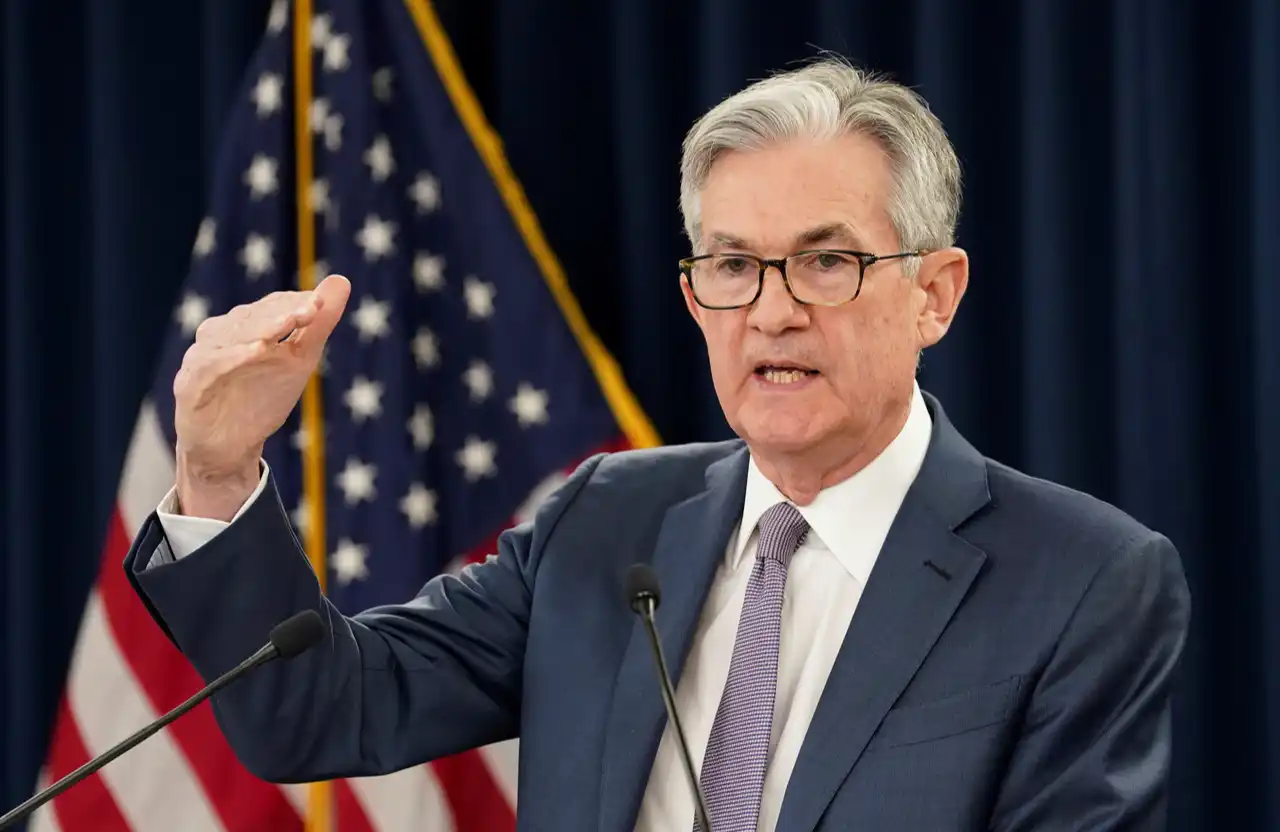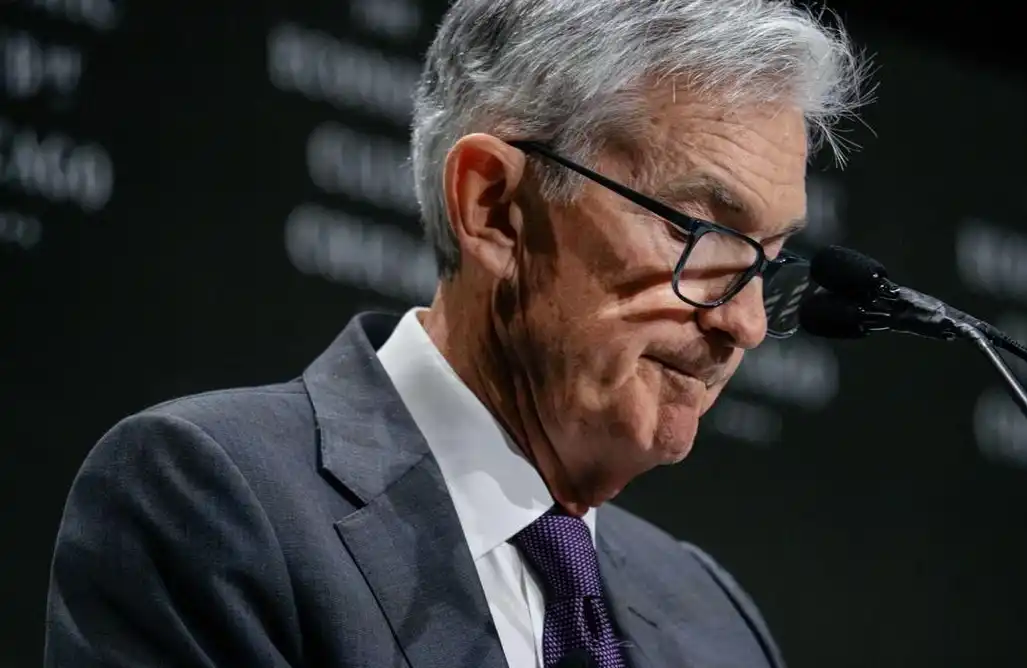After 1384 days, Ethereum has finally hit a new all-time high. What's the next milestone?
After 1384 days, Ethereum has finally reached a new price high in this cycle.
On August 23,
ETH Historical Price Chart; Source: TradingView
If Bitcoin completed the transition from a retail asset to an institutional asset in the previous cycle, Ethereum's breakthrough to a new high at this moment may be signaling its own "sovereign narrative moment." Wall Street's Ethereum "pump master" Tom Lee likened this strategic positioning to a "sovereign call option"—when Ethereum is widely adopted in the global financial and AI infrastructure, companies holding a large amount of chips will be in a unique position.
Sean McNulty, APAC Derivatives Trading Lead at digital asset OTC broker FalconX Ltd, stated that the flow of funds from Bitcoin to Ethereum constituted a "tremendous positive sentiment shift driven by strong spot ETF inflows, growing corporate treasury adoption, and broader stablecoin tailwinds."
This statement also nicely summarizes why Ethereum is hitting a new high at this time. Its delay is not an absence but rather a wait—a wait for sentiment and funds, policy and technology to converge at the same moment. Now, that moment has finally arrived. For Ethereum, this is not only a price leap but also a narrative shift.
Rate Cut Expectations Boost
The shift in the macro environment has been a key driving force behind Ethereum's breakout to a new high this time, as the US labor market continues to weaken and core inflation gradually recedes, market expectations for a Fed rate cut within the year have significantly increased.
Behind this trend is the signals released by Fed officials in their recent intensive speeches. Powell, at the Jackson Hole central bank symposium, rarely admitted that the "risk balance is changing"—inflation risks still exist, but the pressure from deteriorating employment is quickly mounting. Under such dual pressures, the focus of monetary policy is shifting from "maintaining high rates" to "moderate easing."
The market's response has been swift, with CME's "FedWatch" tool showing that the probability of a 25 basis point rate cut in September has approached 90%. For risk assets, this not only means a reduction in the cost of funds and improved liquidity but also signifies the emergence of a policy inflection point. Combined with institutional buying pressure and Ethereum's own narrative shift, many traders view this ETH new high as a cyclical turning point rather than just a technical breakthrough.
Public Companies Buying Buying Buying!
If we talk about the changes in Ethereum's fundamentals this time, the biggest difference is that it has attracted the participation of a US-listed company with a strategy similar to Bitcoin's micro strategy.
On May 27, 2025, Nasdaq-listed company SharpLink Gaming announced a significant strategic move, reaching a $425 million financing agreement through a private investment in public equity (PIPE), with the net proceeds planned to be used to purchase Ethereum and hold ETH as the company's primary treasury reserve asset. It is noteworthy that the lead investor in this transaction is Ethereum infrastructure development company Consensys Software Inc.
Related Reading: "Ethereum's Version of 'Strategy Moment'? SharpLink Gaming Makes $425 Million Bet on ETH Reserve"
Since then, enterprises and small-cap listed companies have increased their Ethereum allocation, with more and more Ethereum treasury companies becoming key players in this round of growth. As of August 2025, according to CoinGecko data, a total of 17 companies/institutions currently hold 1,749,490 ETH, valued at approximately $7.5 billion. Bitmine acquired 833,000 ETH in a month, accounting for nearly 1% of the global total supply, directly establishing its position as the "world's largest publicly traded ETH treasury company."
The rationale behind holding ETH is that it not only enjoys potential appreciation but also earns over 3% native income through PoS staking, creating a long-term sustainable financial return. This is different from the Bitcoin treasury strategy of pure price speculation; it is more akin to infrastructure asset operation, with both capital appreciation and cash flow. On August 10, Ethereum co-founder and Consensys CEO Joe Lubin stated, "Treasury companies may drive ETH's market cap to surpass BTC's within a year."

Geoffrey Kendrick, Global Head of Digital Asset Research at Standard Chartered Bank, stated that Ethereum treasury companies are now "very attractive" investments and are more appealing to investors than a US spot Ethereum ETF. The net asset value (NAV) multiple of Ethereum treasury companies—market cap divided by ETH holdings value—is currently "starting to normalize" and is expected to remain above 1, making it a more favorable investment target than a US spot ETH ETF.
Kendrick pointed out that since June, an Ethereum treasury management firm has purchased 1.6% of all circulating ETH, a purchase rate comparable to that of an ETH ETF during the same period. By August 15, according to strategicethreserve data, the total ETH holdings of the Ethereum treasury company and ETF surpassed 10 million coins, accounting for approximately 8.3% of the current total supply.
Ethereum ETF Inflows Surpass Bitcoin
The Ethereum ETF spot market has finally reached its net inflow peak over the past year. According to Farside data, it has accumulated over $2 billion since July 4, quietly attracting $8.7 billion in inflows during its first full year of operation, with assets under management reaching $15.6 billion. This sustained institutional buying pressure has built a stable buy wall in the market.

A more recent significant signal is that the amount of ETH purchased by ETFs has exceeded that of Bitcoin.
On August 8, the total inflow of ETH ETFs was $461 million, while BTC only had $404 million. BlackRock bought $250 million worth of ETH, Fidelity bought $130 million worth of ETH, and Grayscale bought $60 million worth of ETH.
Unprecedented Policy Tailwinds
On the narrative side, Ethereum's policy tailwind is not just staying at verbal commitments but gradually transforming into institutional support.
The most direct change comes from the gradual clarification of the compliance path for ETH staking—regulatory agencies in some U.S. states have started acknowledging the accounting treatment of staking rewards under a licensed framework, meaning institutions can more transparently disclose staking-related income in their financial reports.
Simultaneously, a series of stablecoin bills' successful advancement has also provided growth expectations for large stablecoins issued on Ethereum (such as USDC, USDT), with core provisions requiring transparent reserves, on-chain verifiability, and interstate payment interoperability, directly reinforcing Ethereum's central position in the stablecoin issuance and settlement network.
More strategically, the "Project Crypto" initiative spearheaded by the SEC and Treasury Department is adjusting the regulatory framework, shifting from a defensive stance to encouraging DeFi and blockchain financial product innovation. Under this policy tilt, Ethereum, leveraging its absolute advantage in DeFi TVL (accounting for approximately 59.5% of the total network) and stablecoin trading volume (approximately 50% share), naturally becomes the prime beneficiary of the dividend.
The moderate shift in policy has not only reduced institutional investors' concerns but also opened the door for long-term funds such as pension and insurance funds to enter the market.
On August 7, 2025, a quietly momentous event took place in the annals of American financial history. Trump signed an executive order allowing U.S. retirement savings accounts, such as 401(k) accounts, to officially invest in "alternative assets," including cryptocurrency, private equity, and real estate. From then on, an asset category that had once been shunned by the mainstream financial system was formally incorporated into the nearly $9 trillion U.S. retirement plan.
Related Reading: "In 20 Days, 4 Statements, 3 Bills, 2 Executive Orders: Which Crypto Areas Does U.S. Policy Favor?"
Welcome to join the official BlockBeats community:
Telegram Subscription Group: https://t.me/theblockbeats
Telegram Discussion Group: https://t.me/BlockBeats_App
Official Twitter Account: https://twitter.com/BlockBeatsAsia
 Forum
Forum

 Finance
Finance
 Specials
Specials
 On-chain Eco
On-chain Eco
 Entry
Entry
 Podcasts
Podcasts
 Activities
Activities
 OPRR
OPRR









